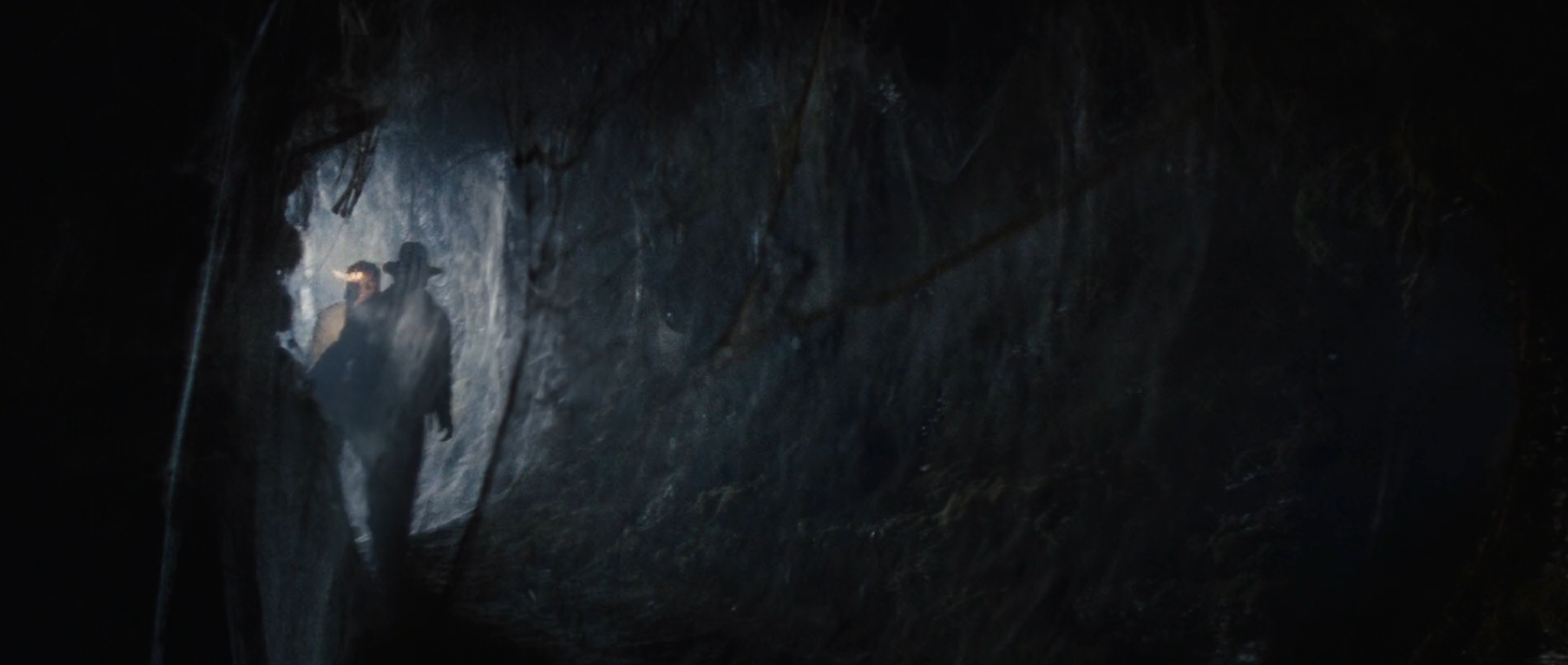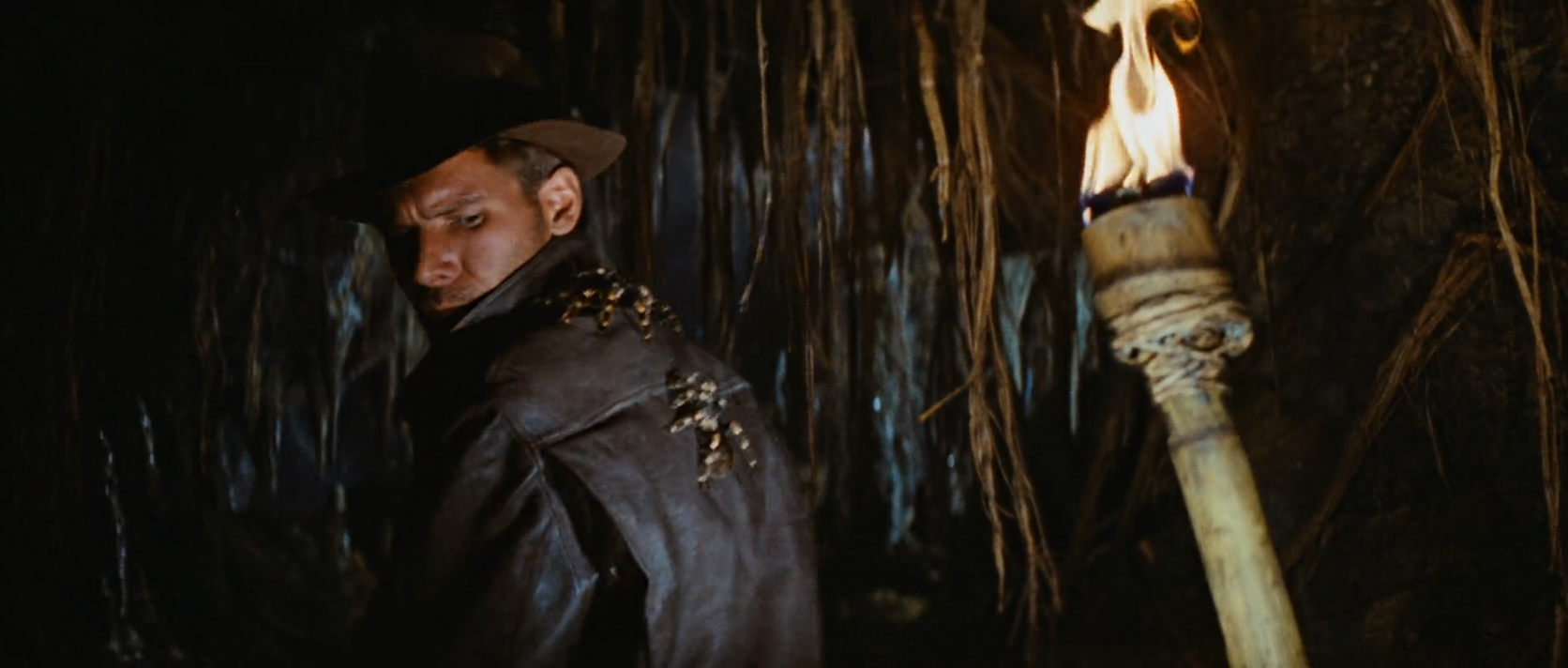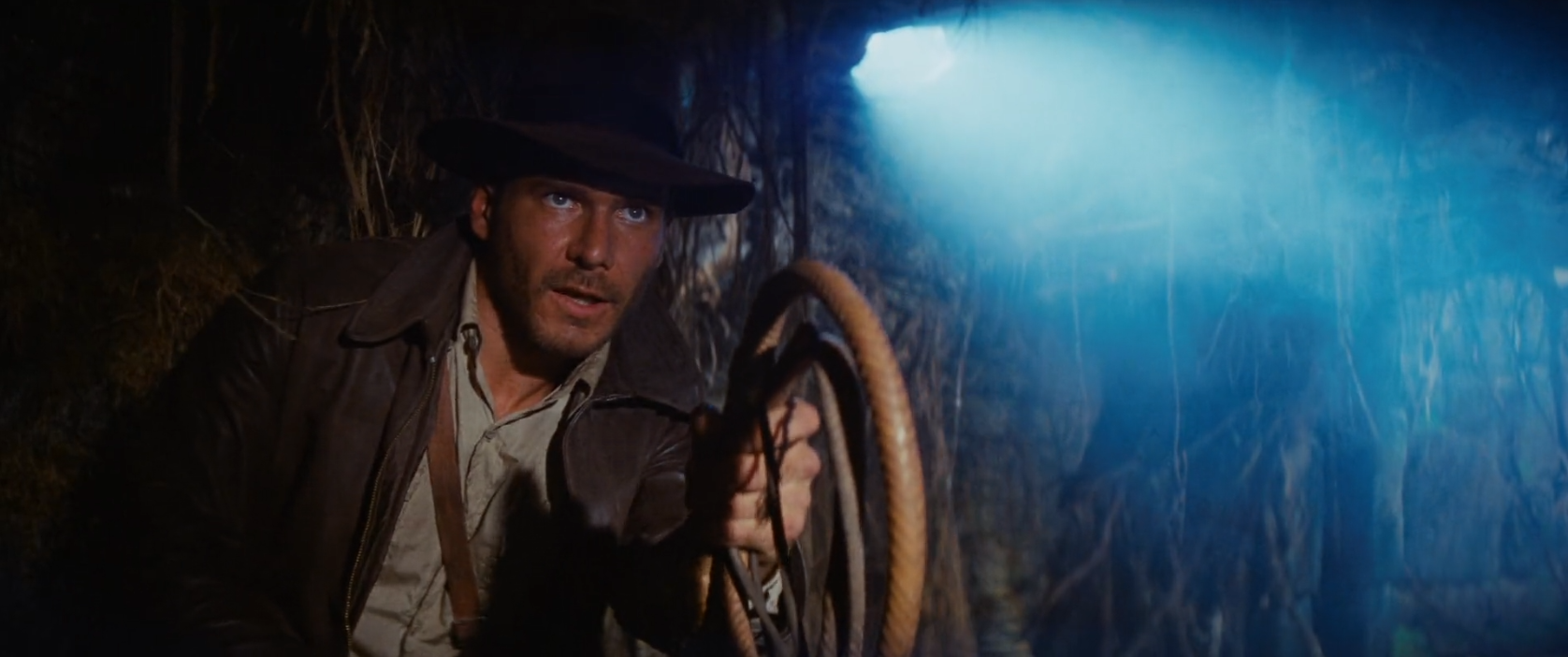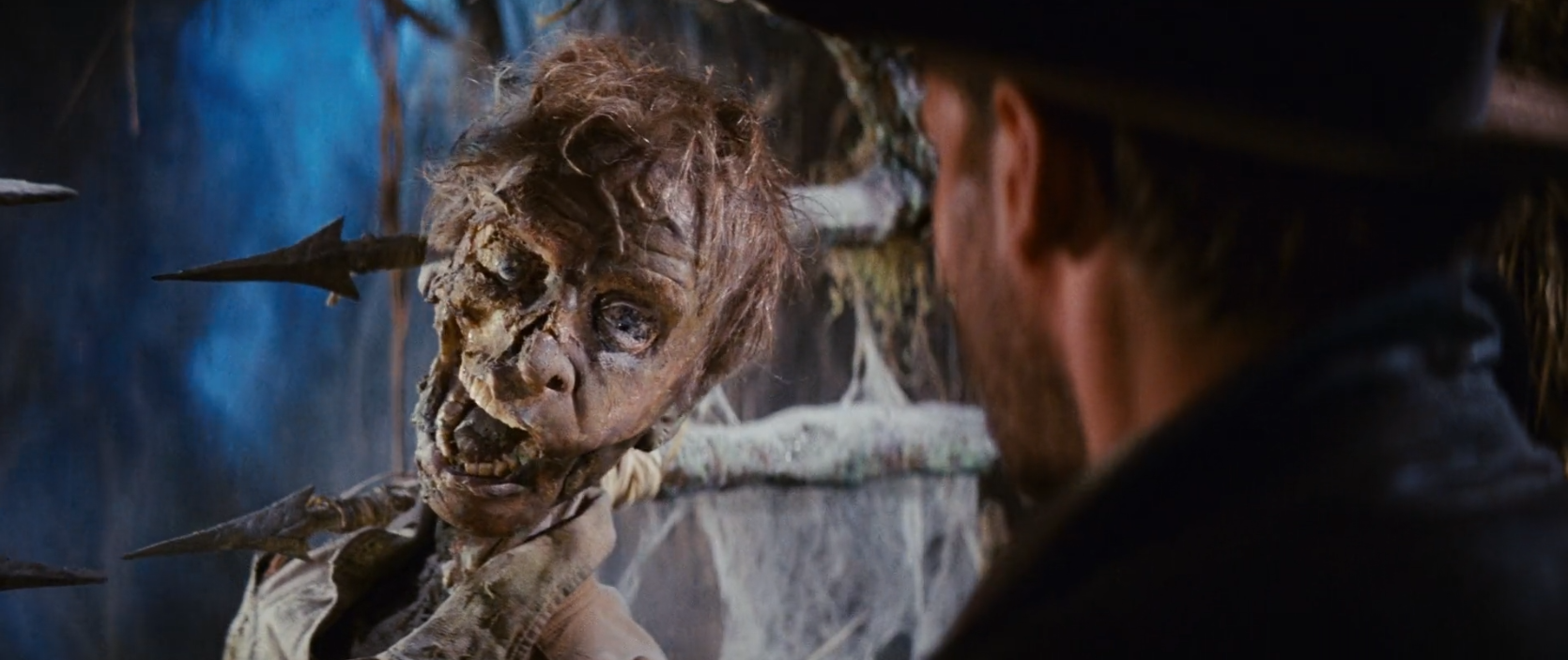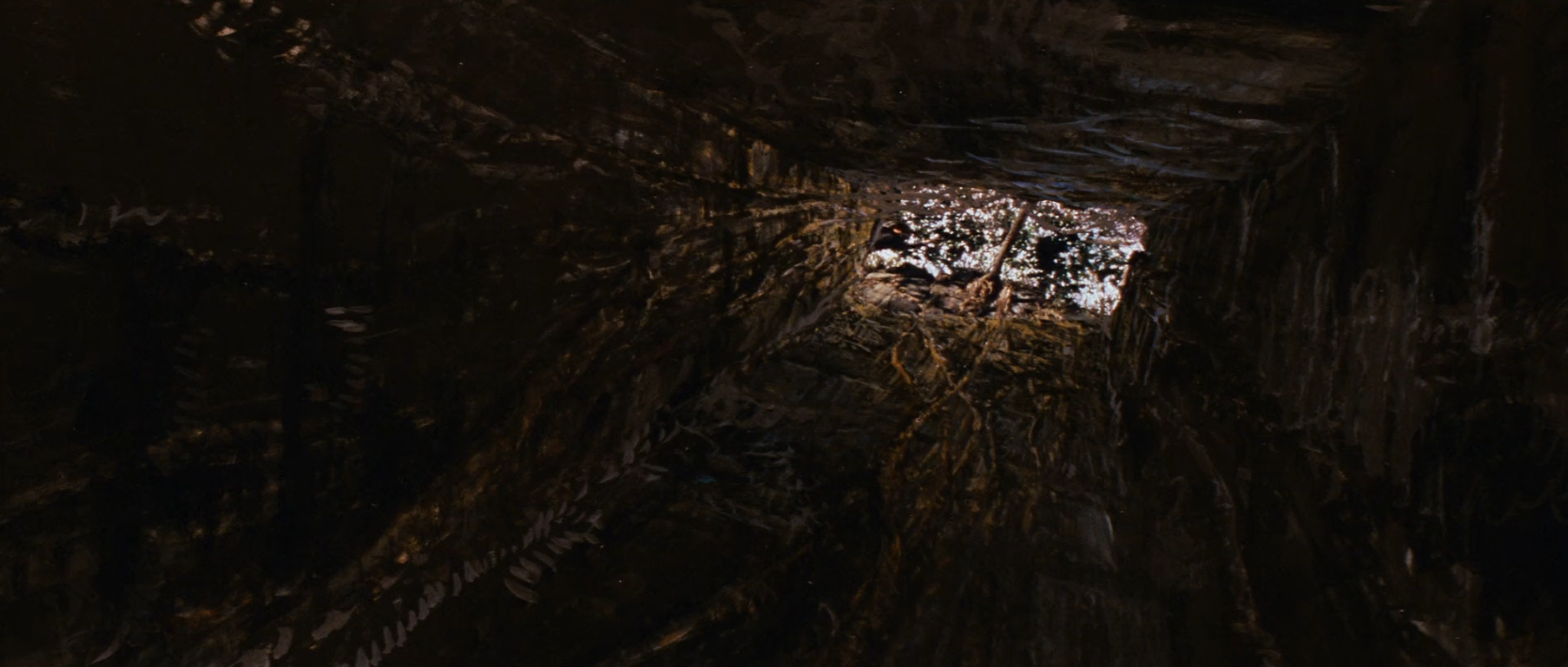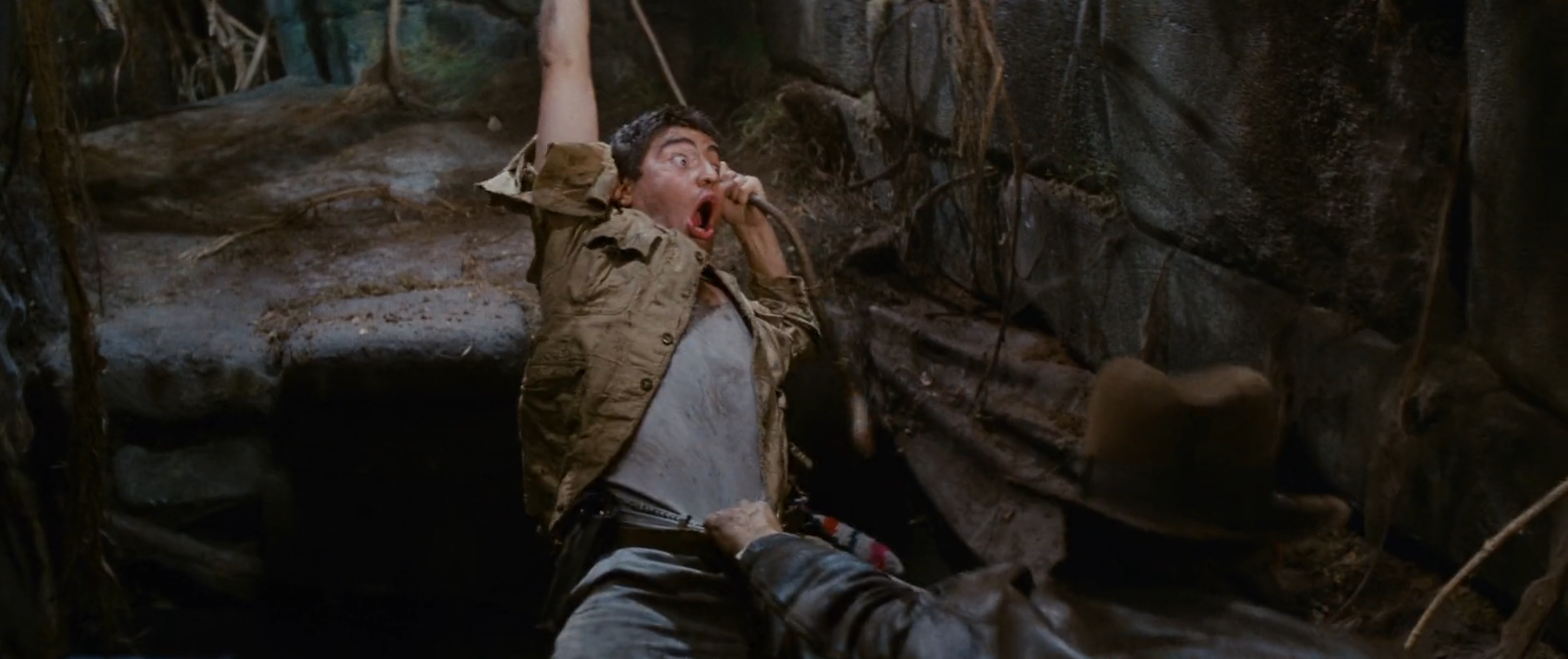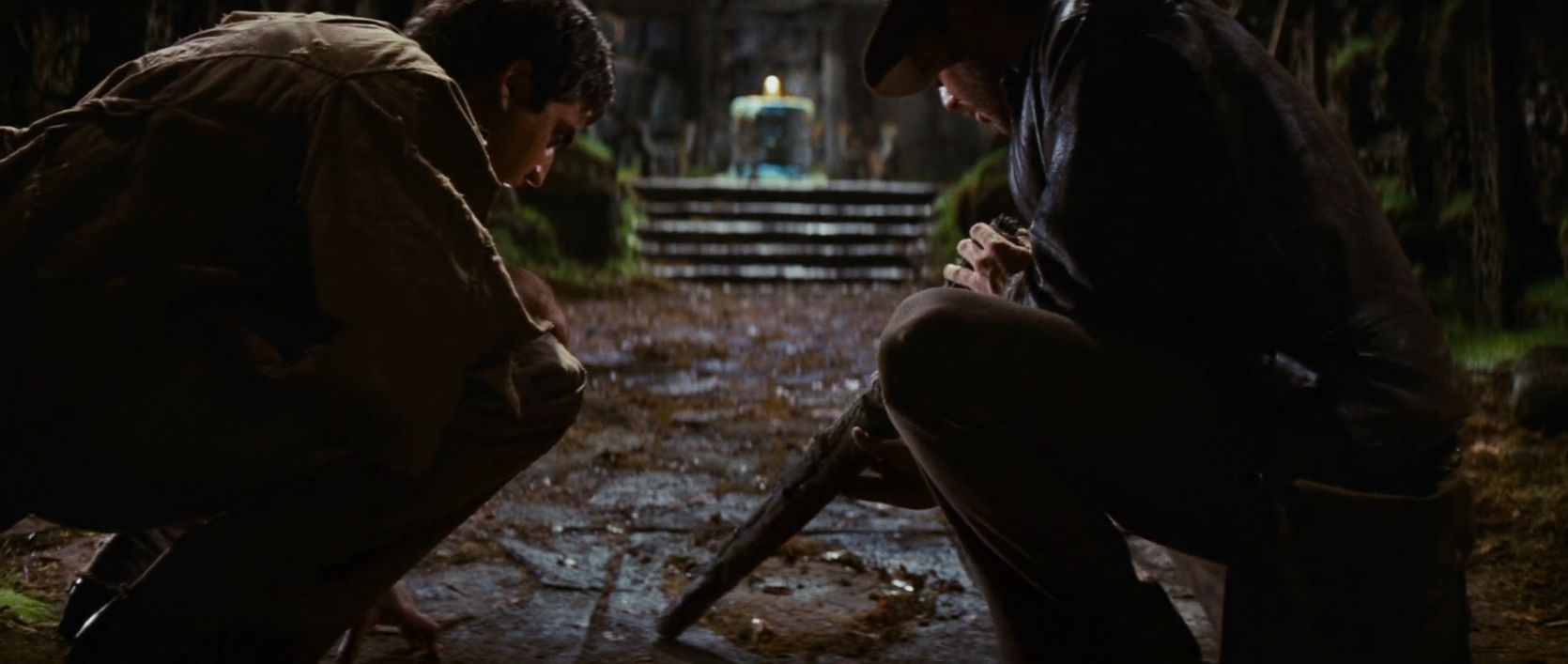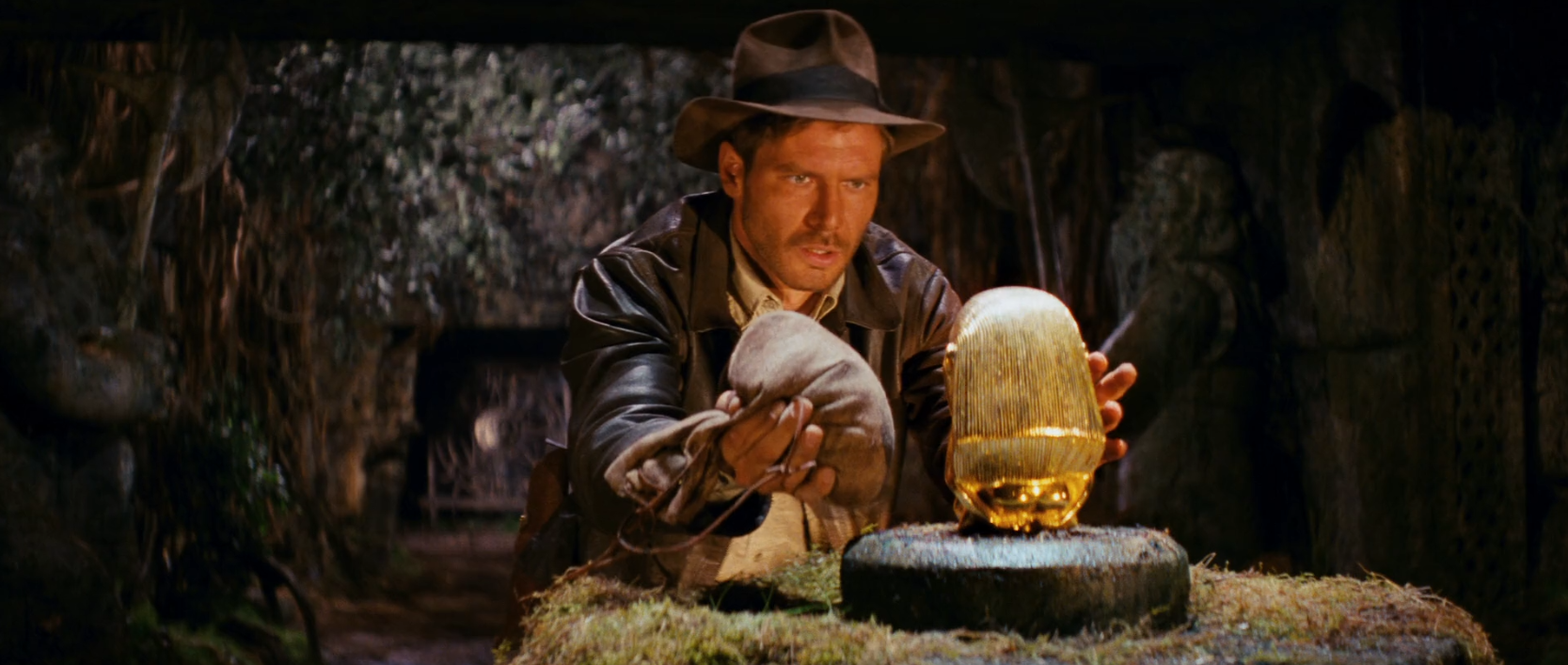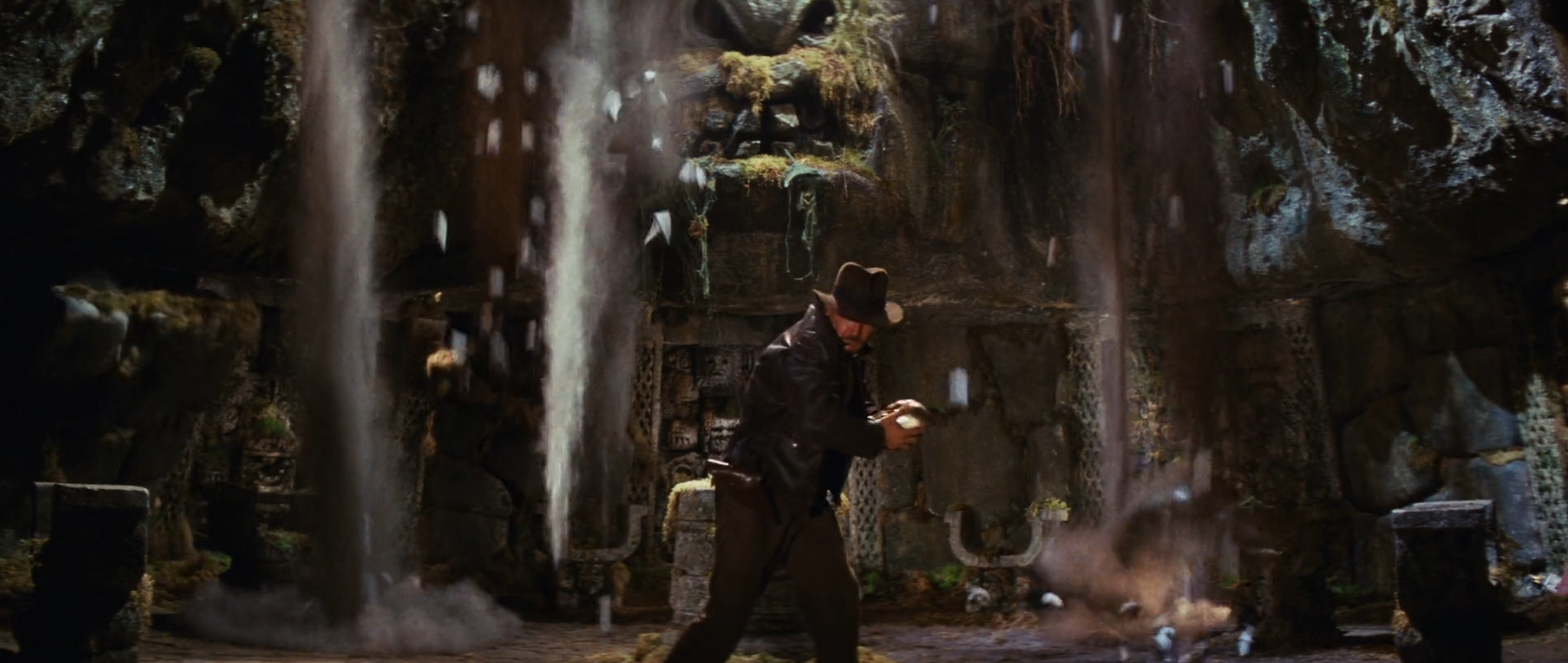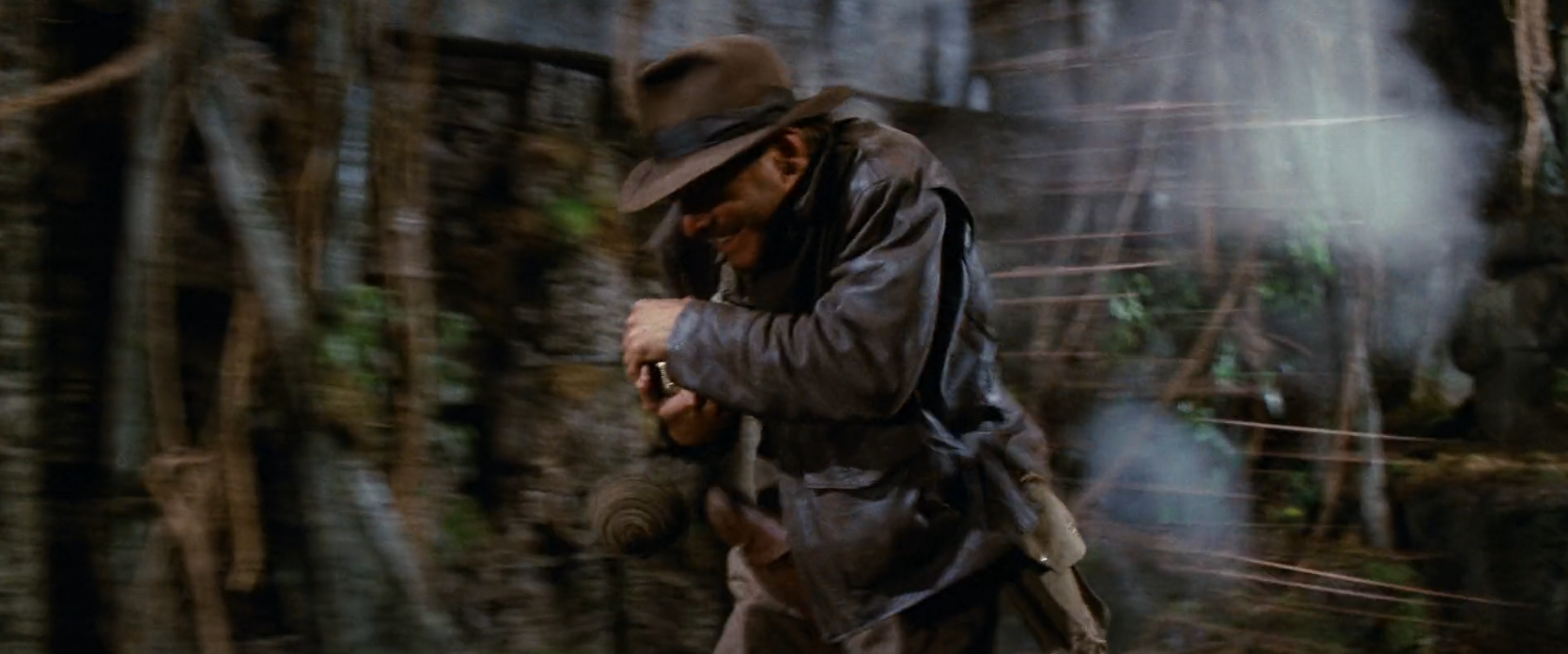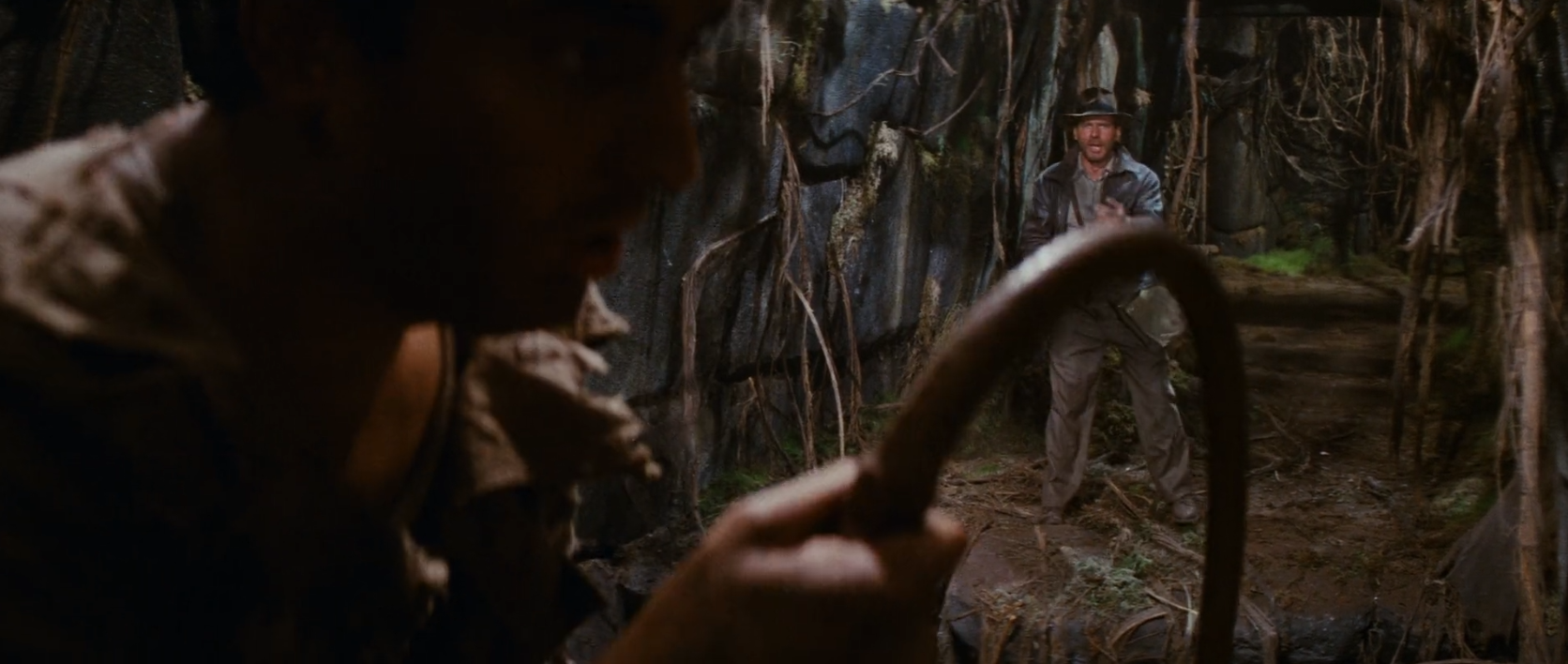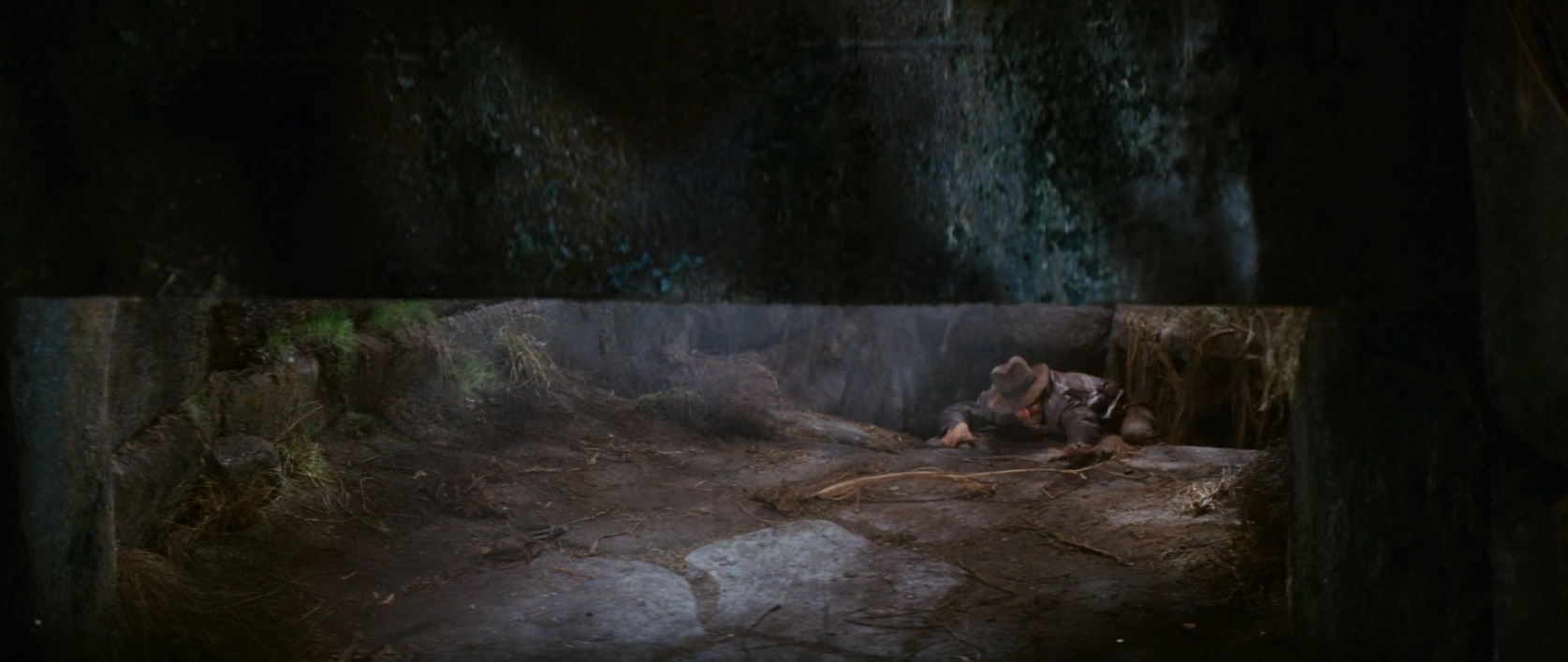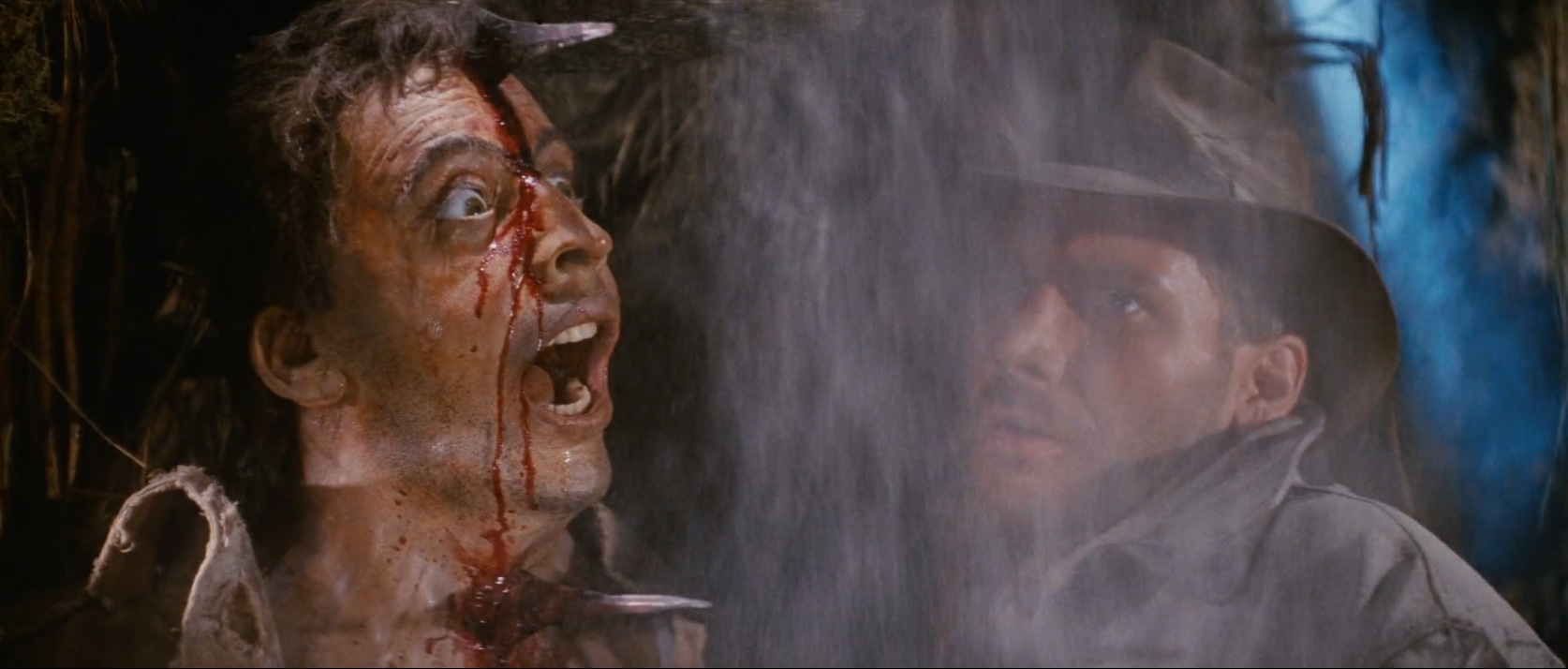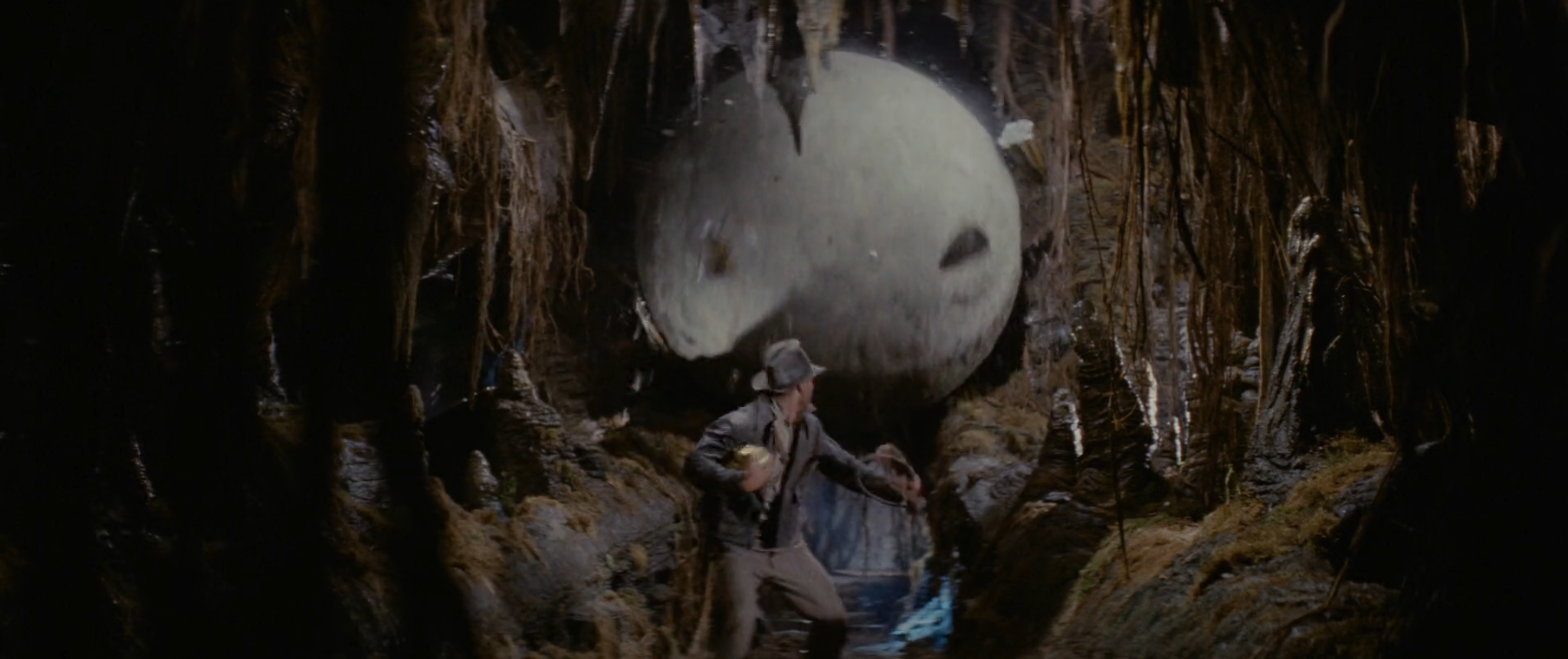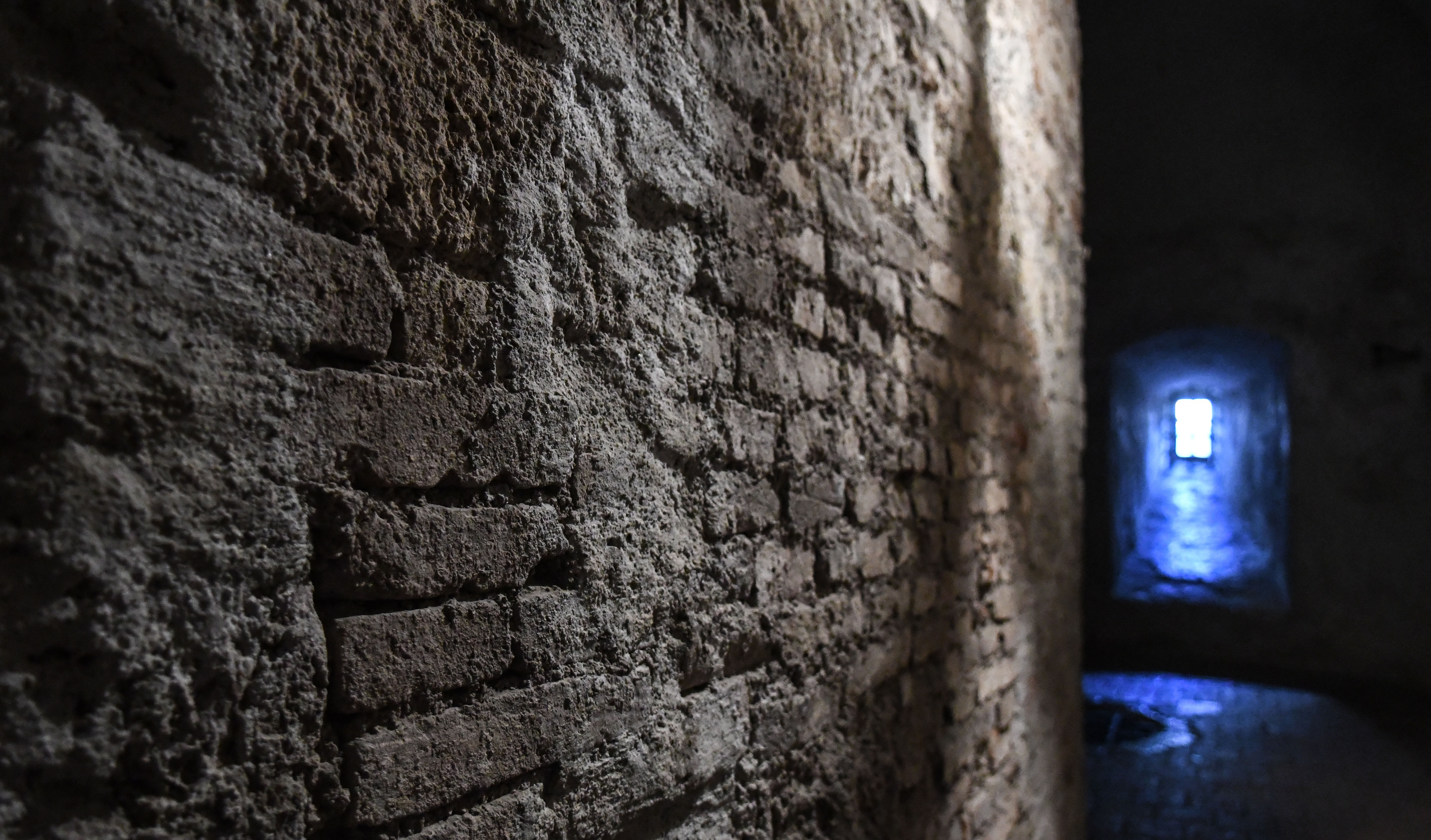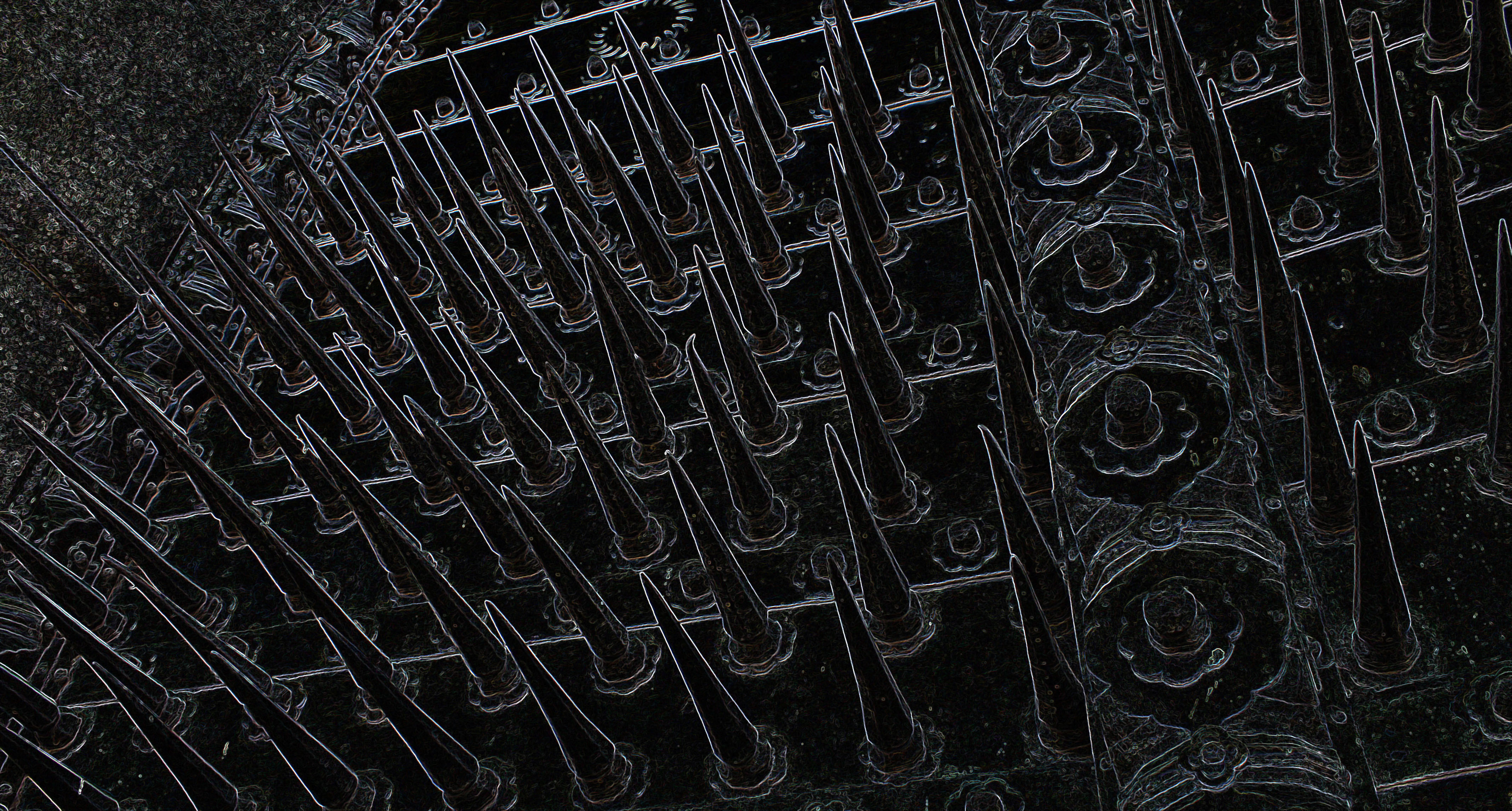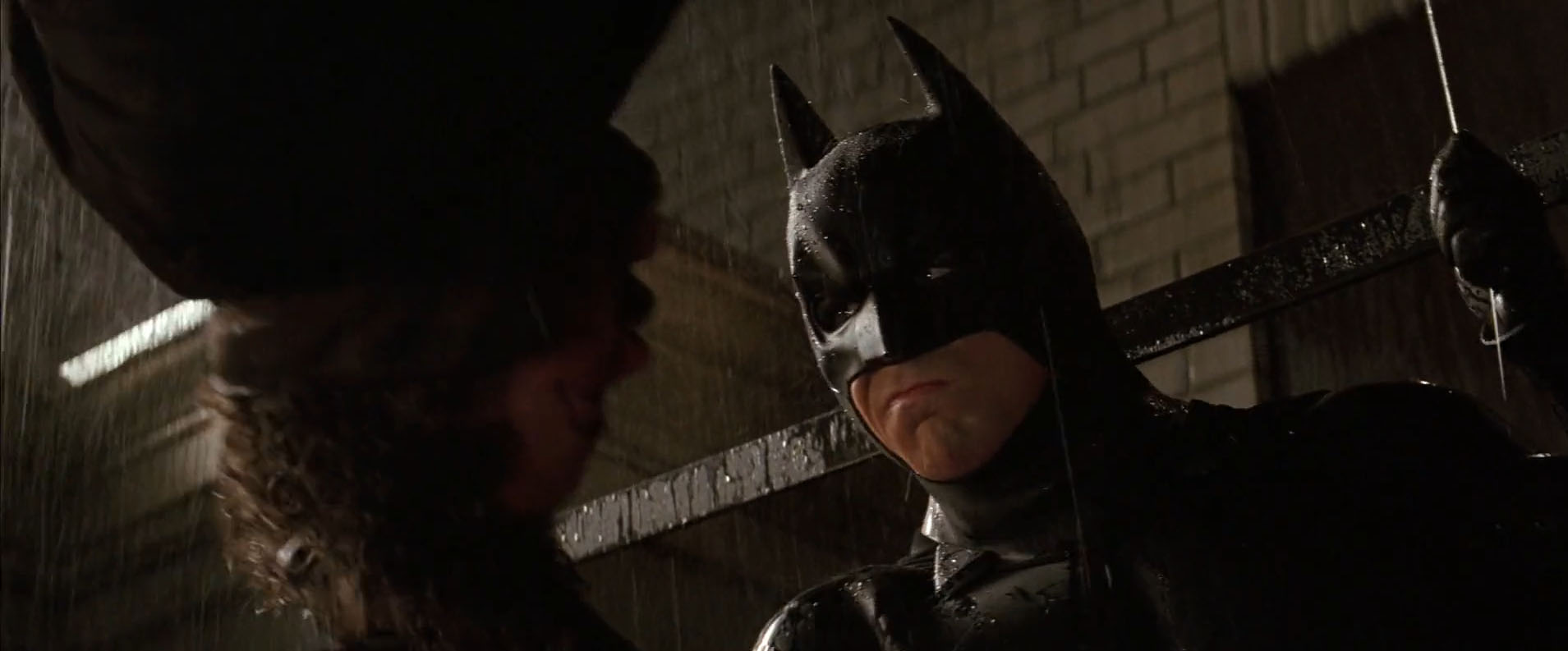
In the last Rulings in Practice I mentioned that the techniques used for resolving perception tests can be contentious and result in a surprising amount of rancor and anger.
But social skills are where the long knives come out.
There are three main reasons for this:
- Social skills can be used to take control of a player’s character away from them. Players tend not to like this, and it’s particularly disruptive for any players with a strong sense of character ownership and immersion. The mechanics can actually violate such characters, having a permanent negative impact that lasts long after the immediate interaction has been resolved.
- Many players put a very high premium on playing out high quality social interactions as their characters. They often come to not only associate but to equate these social interactions with roleplaying (leading, for example, to memes like “roleplaying vs. rollplaying”), and because it can often be hard to find groups that truly commit to these interactions, players who value them can be very protective of them. Social skill tests can be used to bypass these imaginary social interactions.
- Many published games are very bad at handling social skills, contributing to the belief that social skills not only CAN be used in these ways, but MUST be used in these ways. Ironically, it has often been the case that the more a game system attempted to focus on social skill resolution, the worse its actual handling of those social skills would be (because, apparently, attempting to codify the complexities of human social interactions with a couple of polyhedral dice is a tricky proposition).
Generally speaking, I’m of the opinion that social skills (and other social mechanics) can be used well. I’m also of the opinion that, when used appropriately, social skills can actually enhance and improve the aspects of the game that they so often harm instead.
THE SECRET OF SOCIAL SKILLS
The secret to handling social skills is to treat them exactly like any other skill:
- State intention
- Make the check.
- Narrate result.
For example, you would never do this:
Player: I jump up, grab a branch, and quickly make my way to the top of the tree. Once there, I leap to the balcony, pick the lock on the door, slip inside, find the secret papers in the lockbox on the princess’ dressing table, and sneak back out without being noticed.
GM: Make a Climb check. (it fails) Okay, I guess you didn’t actually do any of that stuff.
So don’t do it with social skills, either. Don’t play out an entire conversation and then say, “Okay, let’s go back to step one and see if any of this actually happened.”
Instead:
Player: I want to convince this guy to spill his guts.
GM: Make an Intimidate check. (it succeeds)
Player: “SWEAR TO ME!”
GM: “I don’t know! I never knew! Never! They went to some guy for a couple of days before they went to the dealer. There was something else in the drugs. Something hidden!”
Or:
Player: I want to convince this guy to spill his guts.
GM: Make an Intimidate check. (it fails)
Player: “SWEAR TO ME!”
GM: The guy chuckles. “Nobody’s going to tell you nothing. They’re wise to your act. You’ve got rules. The Joker… he’s got no rules. Nobody’s going to cross him for you.”
Note that the out of character declaration of intention isn’t essential here. This would be an equally valid declaration of intention:
Player: “SWEAR TO ME!”
GM: Make an Intimidate check.
Or this one, if the player and GM aren’t on the same wavelength:
Player: “SWEAR TO ME!”
GM: What reaction are you looking for here?
Player: I’m trying to convince this guy to spill his guts.
GM: Make an Intimidate check.
What you’re actually looking to avoid here is mistaking the declaration of intention as a fictional truth: “I stab the orc with my sword!” is a statement of intention, not truth, and no one gets confused if the attack roll fails and it turns out that, no, you didn’t stab the orc with your sword. With social skills, on the other hand, people often move past the intention or interpret intentions as fictional truths; and then they get dissonance when the mechanical resolution is out of line with their intention.
The classic archetype of this is playing out a long, dramatic, and beautifully delivered speech and then rolling a 1 on the Oration check.
ROLEPLAY THE OUTCOME
A major stumbling block you can run into at this point is to come out of the mechanical resolution and remain generic or general in the narration of outcome. Instead of shifting into roleplaying, you just broadly describe the result. Like this:
GM: Make an Intimidate check. (it fails) It’s clear he’s more afraid of the Joker than he is of you and he refuses to tell you anything.
This can be okay in some situations, but it’s usually preferable to actually roleplay through the outcome.
One of the reasons players can fall into this bad habit is because it’s fairly typical for narrating outcome to be the GM’s responsibility. So a mechanical check is made, the outcome of the interaction is determined, and the GM falls into the default pattern of describing that outcome. But since the GM can’t put words into the PC’s mouth, they’re sort of “forced” into describing that outcome in a general and non-specific way.
Once you recognize the unintended consequence of following familiar patterns, it’s fairly easy to break yourself of the habit and frame the outcome in terms of strong NPC dialogue.
MECHANICS AS ROLEPLAYING PROMPT
When the player and GM both understand this paradigm, however, they can push the technique to even greater effect by using the mechanics as an improvisational cue:
GM: Okay, you find him shaking down a falafel dealer.
Player: Great. I’m going to wait until he’s a little isolated, then batarang his leg, haul him up to the roof, dangle him over the edge, and scare the shit out of him.
GM: Great. He cuts down an alley towards 6th Street. Make an Intimidate check. (it succeeds)
Player: “WHERE WERE THE OTHER DRUGS GOING?”
GM: “I never knew. I don’t know. I swear to God—”
Player: “SWEAR TO ME!” I release him and stop him just before he splatters on the ground. Then I haul him back up.
GM: “I don’t know! I never knew! Never! They went to some guy for a couple of days before they went to the dealer.”
Player: “Why?”
GM: “There was something… something else in the drugs. Something hidden!”
The GM doesn’t have to try to bundle the entire resolution into a single line of NPC dialogue (and maybe a short summary). Instead, the GM and player can both key off the mechanical outcome and roleplay out the rest of the scene consistent with that result. This basically extends the narration of outcome and turns it into a collaboration between everyone participating in the conversation. The above example also shows how you can also think of this as a form of letting it ride: The check determined that the NPC is intimidated and will spill his guts, and that remains true as the PC continues to ask questions.
This technique isn’t appropriate for every situation, but can be very powerful in practice and result in roleplaying that’s more daring, interesting, and definitive than would otherwise be possible.
Once an entire group gets into sync with a technique like this, you may discover that mechanics-first declarations – which some would consider anathema to immersive play – can actually end up being incredibly effective at creating powerful, unexpected, and memorable moments for exploring character.
On an abstract level, what you’re doing is declaring intention, making a mechanical check, looking at the result, and then figuring out what your method is through play as a result of the check you made. It can push characters (PCs and NPCs alike) in completely unexpected directions and give space for strong, bold choices in how you play your character.
SOCIAL VECTORS & MULTI-STEP RESOLUTION
Although letting it ride is one option for a social encounter, you can also use multi-step action resolution. As with any other multi-step resolution, there are a few good practices to observe. Most notably, you want to make sure that each additional resolution point is landing at the point of a meaningful choice, a meaningful consequence, or both. Don’t just make another Diplomacy check; make another Diplomacy check because the conversation has reached some crucial moment.
For example, you should probably avoid making a new Intimidate check for every single question you ask the informer you’ve got strung up by their ankle. But it might be appropriate to make another check to convince them not to tell anybody about your conversation with them.
Similarly, during tense negotiations each point of contention in the final agreement might be determined by a different skill check. As you play through these negotiations, this also allows you to change your methods: You might use a Diplomacy check for certain points, but then let the barbarian come in with a strong Intimidation routine to close the deal.
 Although they can be less clear-cut, social interactions can also be structured as vectors. Vectors, if you recall, are about figuring out how to establish a “line of sight” to your objective: You need to do X before you can do Y before you can do Z. You need to sneak up to the door before you can pick the lock before you can open it. You need to convince the frightened barkeep to let you in before you can convince the frightened villagers to evacuate because time is running out.
Although they can be less clear-cut, social interactions can also be structured as vectors. Vectors, if you recall, are about figuring out how to establish a “line of sight” to your objective: You need to do X before you can do Y before you can do Z. You need to sneak up to the door before you can pick the lock before you can open it. You need to convince the frightened barkeep to let you in before you can convince the frightened villagers to evacuate because time is running out.
(One of the cool things about thinking in terms of vectors is that you can freely swap in non-social solutions or vice versa: Maybe instead of persuading the barkeep to open the door, you just kick it open. Or instead of picking the lock you convince the security guard on duty that you left your badge up on the 6th floor and it’ll just take a minute to go grab it. As the GM you can just say, “There’s a thing in your way,” and then let the players figure out how they want to vector around – or through! – that thing.)
Because social situations tend to be less easily quantifiable and, as a result, more malleable, they work really well with abstract vector depth: You can go into a social interaction without really knowing how many obstacles might exist between the PCs and the goal they want to achieve or what exactly those obstacles are.
What I refer to as complex skill checks, therefore, often work well for social interactions that you want to give some heft to. (These mechanics are stuff like “X successes before Y failures” or, in many dice pool systems, “continue making checks until you achieve X successes.”) Each mechanical resolution can be framed as an obstacle and the players determine how they want to deal with that obstacle, prompting the next skill check. Exactly what the obstacles are along the way (i.e., what objections the person they’re talking to has to their plan ) and how they’re dealt with will depend heavily on context and will naturally evolve as the conversation continues. (It’s not unusual to discover that a conversation you thought was about one thing suddenly becomes about something else entirely.)
The Psywar system I designed for the Infinity RPG was built on similar principles: You could influence people to do what you wanted by inflicting Metanoia on them (using the same mechanical systems that inflicted Wounds in combat and Breaches when hacking; Metanoia meaning literally “the changing of one’s mind”). The amount of Metanoia you needed to inflict was dependent on the Intransigence of the target, and that was determined by their unwillingness to do the particular thing you wanted them to do.
SOCIAL SKILLS COMPELLING PCs
Intransigence in Infinity also gave me a mechanism for giving players flexible control over how their characters would be impacted by the Psywar mechanics. As I wrote in the rulebook:
PCs can also be targeted by Psywar attacks. This means that they can suffer Metanoia Effects and, as a result, have their beliefs or actions altered.
For some players, this can be problematic because their enjoyment of the game depends (for one reason or another) on having complete control over their character. The line between what’s acceptable and unacceptable for these players can be a fuzzy one and it can also vary significantly. Some players, for example, will be okay with their characters panicking against their will and fleeing from the scene of a battle, but will not be comfortable if they are “forced” to trust someone or to agree to a particular course of action.
If your group has concerns about using Metanoia Effects on the PCs, we recommend having a frank discussion and figuring out where to draw the line. However, we also recommend that what is good for the goose is good for the gander: If, for example, NPCs cannot force the PCs to retreat, then PCs cannot do the that to NPCs, either. Keep the playing field level.
Another possible compromise is to allow players to set the Intransigence scores for their own PCs, the same way that the GM sets them for the NPCs. (These can, of course, vary based on circumstance and the Metanoia Effect being attempted.) This only works if the numbers are set in good faith, of course, but it empowers the players to make sure that the system is reflecting their sense of who their characters truly are.
Broadly speaking, this passage covers most of my thoughts on this topic.
First, social skills that compel behavior create more friction when they aren’t modeling character behavior “correctly,” particularly from the point of view of the player controlling that character. (Allowing players to set their own characters Intransigence value was a really good way of empowering them: If they felt their character would be strongly opposed to X, they could express that without vetoing the mechanic entirely.)
Second, RPGs are fundamentally about making choices as if you were your character. Therefore, a mechanic which effectively “plays the game for you” can be very problematic if it’s not handled correctly.
(The reverse argument I’ve often heard is that being forced to believe a lie against your will, for example, is not fundamentally different than being stabbed through your kidney with three feet of steel against your will. Both will remove character agency and there’s really no reason to distinguish between the two.
A more revealing example, however, is the distinction between dominate person being used to force your character to do something and a Persuasion skill doing the same thing. Why do the same people who readily accept the former object to the latter? Because one of these things is removing the character’s ability to control their actions and the other one is removing the player’s ability to control their character. That distinction doesn’t matter to some people, but it matters intensely to others.)
That’s why, when you do have a mechanic that compels PC behavior, I generally prefer a mechanic that gives a prompt to the player and then allows the player to determine what that means for their character and how it plays out. This is how I handle the Sanity mechanic in Call of Cthulhu, for example: The mechanic provides a “you’re broken now” prompt and then the player decides whether that means they’re running away screaming, breaking down into uncontrollable sobbing, fainting dead away, regressing into a non-responsive catatonia, etc.
SOCIAL SKILLS AS INFORMATION
For similar reasons, I tend to like social skills that give the PCs information rather than dictating their behavior.
For example, should the outcome of a Bluff check be “you believe the lie and you have to act as if you are completely gulled and have no doubts whatsoever” or should the outcome of a successful Bluff check be “he looks like he’s telling the truth / you don’t see any reason not to believe what he’s saying?”
To put this in perspective, imagine that this was a poker game: Someone makes a Bluff check and succeeds against your Sense Motive check. Should the mechanics force the PC to call his bet without having any choice in the matter? Or should the mechanics simply report “you think he’s got the better hand” and then let you make the decision?
(In the presence of meta-knowledge this can potentially lead to abuse, but that’s really a completely different situation that’s only tangentially related to the social skill resolution itself.)
If you’re feeling resistance to this idea, consider that it’s not really limited to social skills. For example, a PC makes a Spot check to see someone hiding in the room. The successful check doesn’t compel them to immediately attack: The Spot check provides them with information (“there’s a dude hiding there” or “you don’t see anybody hiding there”) and then you make a decision about what to do with that information. Similarly, a Sense Motive check provides you with information (“you think he’s in love with Sarah” or “you don’t think he’s lying”) and it’s still up to you to make a decision about what to do with that information.
SOCIAL SKILLS WITH MECHANICAL CONSEQUENCES
Social skills can similarly apply mechanical consequences without compelling character behavior (once again leaving the ultimate choice of how to respond to that mechanical stimulus up to the player).
For example, instead of forcing a character to retreat, a successful Intimidate check might apply a morale penalty to the affected character’s actions. The ultimate decision of whether to drop their sword and run away screaming in response to that stimulus is left up to the player.
SOCIAL SKILLS AS SOCIAL CLUE
As social skills provide information, they can create fortune in the middle resolutions: The initial social skill resolution provides clues about what approaches might (or might not) work with the targeted character: Are they susceptible to bribes? A coward who can be intimidated? Maybe you realize that they’re secretly in love with Teodora… is there a way you can use that information (or do you just tuck it away for later)?
Many social skill resolutions can actually be systemically broken down into this two-stage approach to good effect.
Flubbing the initial check, of course, is also likely to have an impact on how the conversation plays out. For example, consider what happens in X-Men: First Class when Charles Xavier – who can read minds and, therefore, has never put a single goddamn skill point into his Sense Motive skill – is suddenly faced with the need to figure out the best argument to use with a Holocaust-survivor wearing a telepathy-blocking helmet:
Charles: Erik, you said it yourself. We’re better men. This is the time to prove it. There are thousands of men on those ships. Good, honest, innocent men. They’re just following orders.
Erik: I’ve been at the mercy of men just following orders. Never again.

NEXT: Sanity Checks

